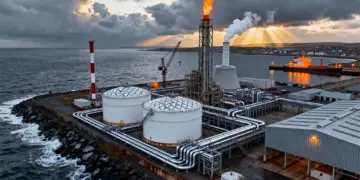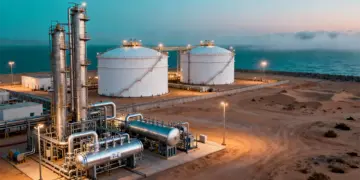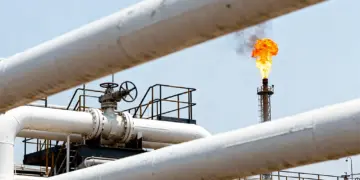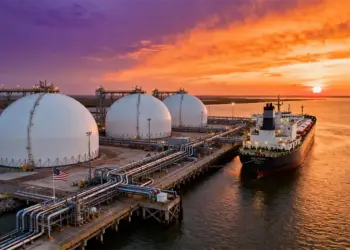Ship tracking data went on to reveal that the U.S. crude oil exports hit their highest level ever since more than a year and a half in September 2025 as U.S. refining plants started with their seasonal maintenance and the Asian demand grew.
As per Kpler, which happens to be a ship tracking company, U.S. crude oil exports grew to an average of 4.2 million barrels per day in September 2025, which is the highest level since February 2024. Exports in July had dipped to their lowest level in around four years because of low domestic supplies, and at the same time, Asian as well as European buyers were getting some cheaper alternatives.
The spread between Brent crude, which is the global benchmark, and U.S. West Texas Intermediate oil futures, the most widely traded in the world, grew in August 2025 when the majority of trades were made for September 2025. It went on to average minus $3.79, which, by the way, is the largest in the last four months.
It happens to be more economical to ship barrels through the Atlantic, having a wider spread. Exports to South Korea went on to hit a record high of 690,000 barrels every day in September 2025. South Korea has also committed to buying liquefied gas along with other energy products that are worth $100 billion from the U.S.
The first US crude export to Pakistan was made in September 2025 post a landmark deal. After determining that the first purchase went on to be commercially viable, Pakistan went ahead and ordered a second shipment in September 2025. In total, the country went on to receive 1.9 billion barrels of oil, which is equivalent to 62,000 barrels per day.
Indian refiners also bought more U.S. crude, attracted due to competitive prices and also because of the pressure from the U.S., which doubled tariffs on the Indian imports, citing the purchase of Russian oil from New Delhi.
Apparently, the exports to Australia hit 79,000 bpd, which, by the way, happens to be their highest level ever since March 2024, whereas the exports to Europe fell 11% from what was recorded in August 2025 to 1.7 million bpd.
Kpler, which cited data from fixtures, opined that after seven months without any sort of shipments to China, volumes were also anticipated to reach almost 335,000 bpd. China, which happens to be the largest oil consumer in the world, had already stopped purchasing oil after February 2025 because of growing trade tensions.
The U.S. president, Donald Trump, said in September 2025 that President Xi Jinping of China had agreed to meet in person so as to discuss trade issues in a phone call.
Kpler went on to write in a blog post on X that the renewed flows come at a time when there are signs of easing tensions between Washington as well as Beijing.
Although the trade deals may also contribute to growing shipments, shipping expenditures along with the relatively high price of West Texas Intermediate crude could also shut down the U.S.-Asia oil arbitrage in November 2025.
The Energy Aspects Analysts wrote in a report that the domestic demand also rises after the turnaround period, and that is when the refineries perform maintenance when it comes to their plants as well as equipment. This goes on to decrease the barrels that are available for export.

















































